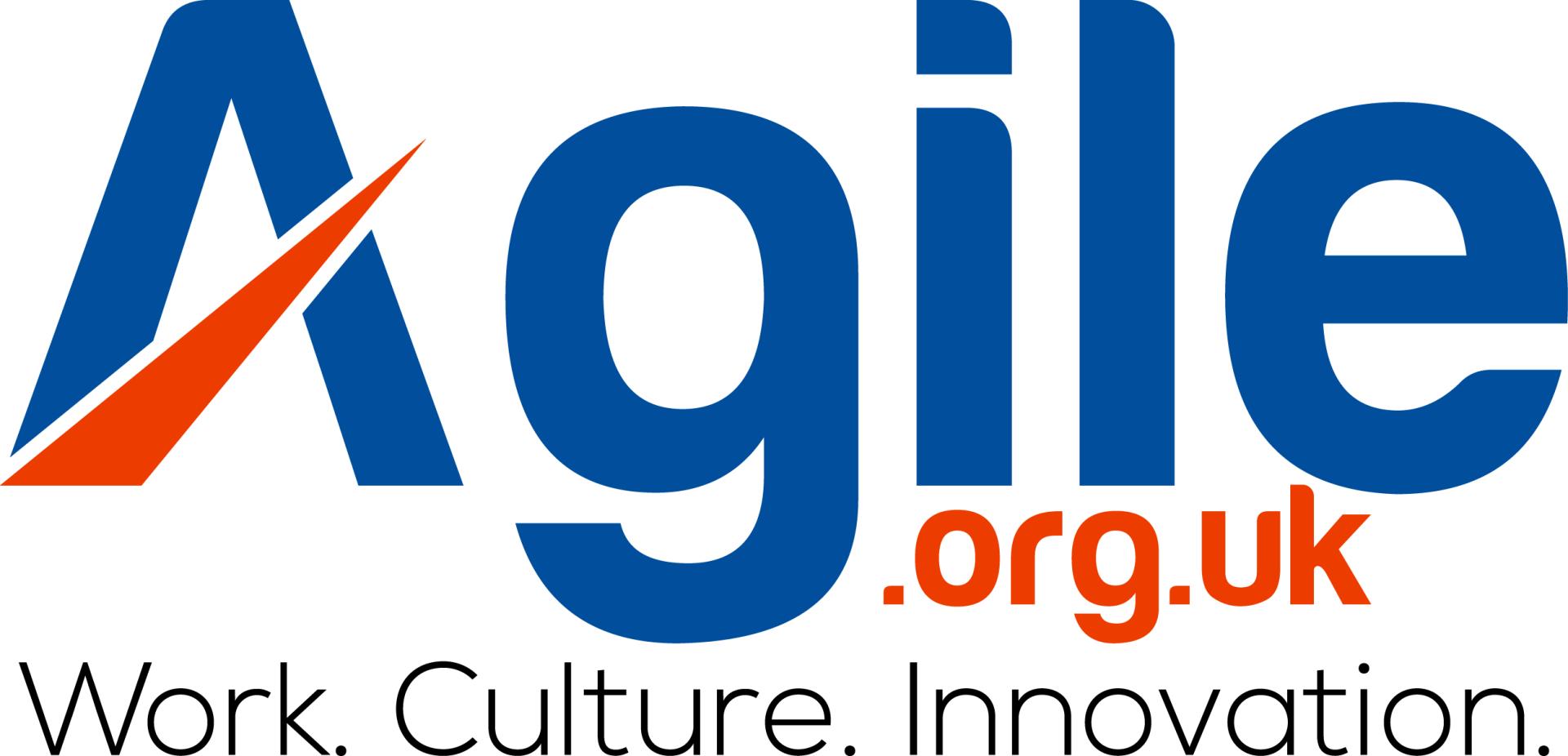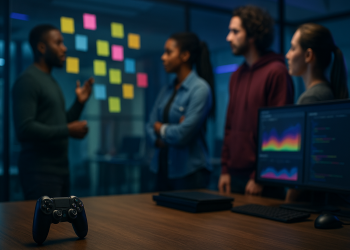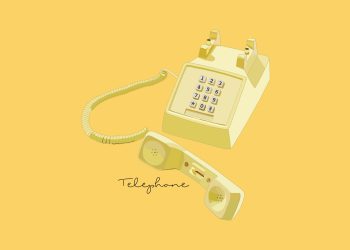Gaming is big business, and there is some evidence to suggest that it can also benefit big businesses in any industry. Research suggests that short gaming breaks at work can encourage greater productivity from employees.
Mobile and other short-form games offer enjoyable, convenient, bite-sized breaks that can help workers unwind and provide an energising dopamine hit. Gaming breaks can also be used in team-building efforts, forming bonds between players, and as a form of reward-based gamification.
Gaming Breaks
Generally, gaming breaks refer to short breaks to play brief, easy games, rather than several hours to work through a full AAA campaign. Mobile games, browser-based games, and some of the latest online casino games available playing in the UK launched in 2025 fit the bill suitably.
Online gambling expert Viola D’Elia points to slots as being the most popular form of online gambling game due, at least in part, to how quickly the games can be played. Other suitable games include roulette, blackjack, and some casino poker games. Live poker may not be suitable, though, as tables can last a long time, never mind multi-table tournaments.
Bitesize Breaks
Employees are not only entitled to breaks to give them a chance to unwind and relax but also because they offer a brief respite from the working day. They enable the brain to switch off and reset. However, if the break is too long, it can be difficult for the employee to get straight back into the swing of things. Lunch breaks between 30 and 60 minutes long just about push the boundaries of the ideal break length.
15-minute, or even 10-minute, bitesize breaks are optimal. The individual gets a break and can enjoy the mental benefits this offers, without forgetting where they were or what they were doing before the commencement of that break. Mobile games, casino games, and some browser games, as well as short, party games on PC and consoles, can be ideal.
Increased Work Satisfaction
Some people bound out of bed and rush off to work, keen to get on with their day. For others, it’s more of a slog to make that trek. Even if a person enjoys the work they do, sitting and doing that work for 8 hours can feel more like a punishment.
Offering something fun like gaming breaks makes the workday more appealing and, therefore, offers greater work satisfaction. With better work satisfaction comes improved employee retention. It can even help attract the best talent when you have new job openings available.
Engaged Activity
Browsing social media and even reading the daily news headlines is referred to as doom scrolling for a reason. It doesn’t require any form of interaction or dynamism, and rather than leave you feeling energised and refreshed, it can lead to negative emotions. In contrast, short games, especially those with level-based design, encourage engagement.
The player has to engage with the game, meaning it offers a level of interaction that social media scrolling cannot match. This means the brain is still active and raring to go when the player heads back to carry on working. They’re also less likely to be thinking about what they’ve seen on social media or news sites, so they will be better placed to concentrate on work.
Improved Productivity
Everything from greater engagement and improved work satisfaction to a resetting of the brain adds up to improved productivity. Some businesses and leaders pay substantial sums of money looking for ways to improve productivity. They pay for new refits and to refurbish working environments.
They pay for consultants to come in and work with stakeholders. While these methods can yield excellent results, sometimes even relatively small and seemingly innocuous changes can also have similarly beneficial results. Let employees have ten minutes to sit and play games on their phones. It might take half an hour out of their day, but it could also lead to improved output.
Team Building Games
Games can also be used to improve the performance of the team, as well as the performance of the individuals in the team. Most office workers have been enrolled in team-building days, building bridges out of straws or fashioning a structure to protect a falling egg from damage.
These activities can be fun, but they can also be counter-productive for some team members, especially more introverted individuals. Team-building alternatives like board and card games, or online games, can have the same result without alienating members of the team. Games encourage communication, and if you choose the right game, they can show that good communication leads to improved outcomes.
Mental Recovery
Work can be gruelling, especially if a person has to sit or stand at their station for hours on end, performing the same or similar tasks repeatedly. After a certain amount of time, most people hit a plateau of performance, and beyond that point, performance starts to dwindle. How long it takes to reach that plateau is different for everybody, but the end result can be mistakes and poor performance.
Gaming breaks offer a reset – a time for mental and even emotional recovery. It also shows trust if a company lets employees determine when they are plateauing and taking advantage of offered gaming breaks to help unwind.
Gamification Through Gaming
Gamification is the application of gaming techniques and models to non-gaming situations. It effectively means that an individual receives rewards for achieving specific milestones. It has been used in offices and other businesses for decades, with features like employee of the month, complete with a bonus or prize for the employee, being used as a means of encouraging better performance.
Game breaks can also be seen as a form of gamification. If an employee hits a particular target, they get a game break. That target could be as simple as turning up and working for four hours. Or it could be making a specified number of sales or completing some other mission-critical task.













